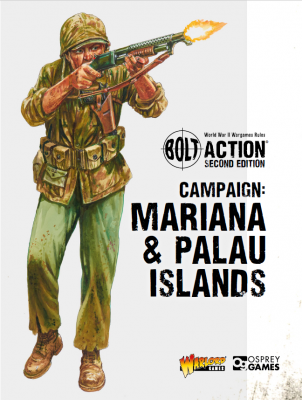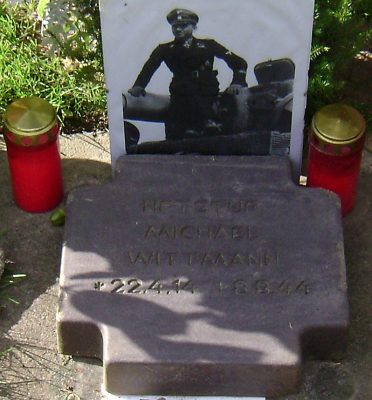Beginning a Soviet Horde in Bolt Action
By Troy A Hill
One of the joys and pitfalls of moving into a new area, and joining a new gaming group is that many of the local players in the new area already have their army builds done. When I lived in Southern California, there were a mix of players and armies. In my regular gaming group, no one was playing British, so I picked it up to compliment my US and my German Armies.
But, when I returned to North East Indiana in the States, and looked up the local crew, the most popular nation to play in the new local gaming group is… yep, British of one flavour or another.
What was I to do? Americans are the vanilla “easy mode” according to the Juggernauts. In my 15mm WWII wargaming days, I began with Americans and soon tired of them. Germans are definitely challenging. And with my grandmothers coming from lineages of Kaiser and Sigsbee surnames on one side, and Bechtel on the other side of the family, the German army seems like a good fit for me. So far, though, my interest in all things German seems limited to the DAK.
Well, when I played Warhammer Fantasy, I loved the horde armies of the goblins. Guess I should look at… The Soviets?

 By Kreighton Long
By Kreighton Long One aspect of playing World War Three Team Yankee that many people enjoy is list building. Trying to design the most perfect list to take on all opponents in all mission is almost a hobby withing itself. However commanders through history rarely ever get to “design” their force.
One aspect of playing World War Three Team Yankee that many people enjoy is list building. Trying to design the most perfect list to take on all opponents in all mission is almost a hobby withing itself. However commanders through history rarely ever get to “design” their force.
